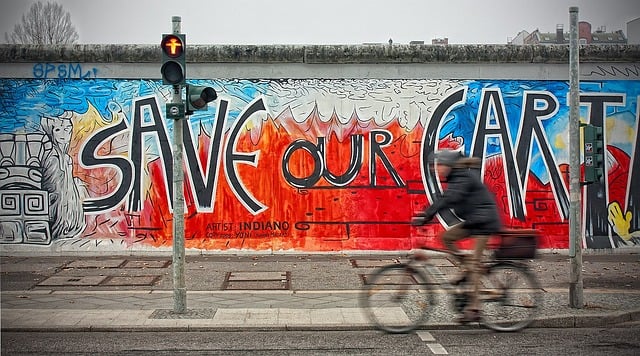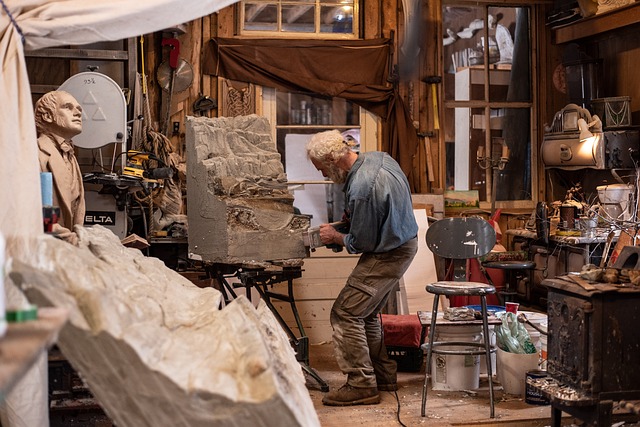Britain’s art landscape is experiencing a remarkable renaissance, with a new generation of artists redefining what British art means in the 21st century. Moving beyond the provocative YBA (Young British Artists) era of Damien Hirst and Tracey Emin, today’s emerging talents are addressing urgent social concerns, embracing technological innovation, and expanding representation across the contemporary art world.
At the forefront of this transformation is the increasing diversity of voices gaining prominence. Artists like Lynette Yiadom-Boakye, whose enigmatic portrait paintings challenge historical representation, have achieved international recognition with major exhibitions at the Tate Britain. Her contemplative works create fictional characters that prompt viewers to question their assumptions about portraiture and identity. Similarly, Lubaina Himid, the Turner Prize-winning painter and installation artist, explores themes of colonial history and racial politics with work that is both visually striking and intellectually challenging.
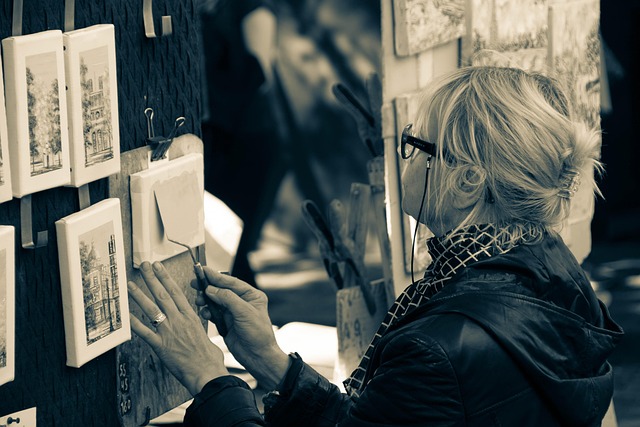
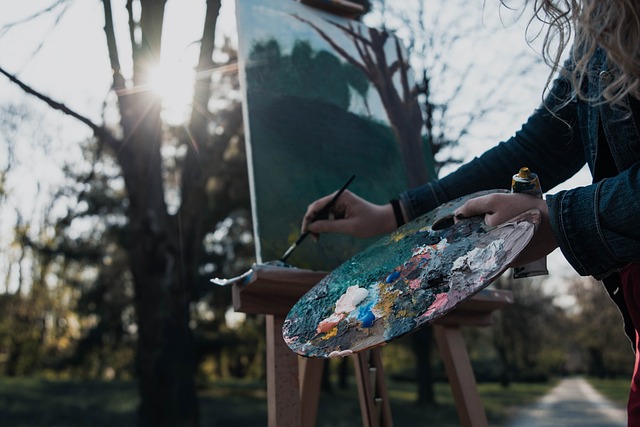
The boundaries between traditional media continue to dissolve as British artists embrace cross-disciplinary approaches. Zadie Xa creates immersive installations combining costume, performance, painting, and sound to explore cultural identity and mythology. Her work draws on Korean shamanic traditions while engaging with contemporary issues of diaspora and belonging. Meanwhile, Haroon Mirza’s innovative installations merge sculpture, electronic sound, and light to create experiences that question the distinctions between noise, sound, and music while exploring social and political concerns.
Digital technology and new media have become central to many British artists’ practices. Lawrence Lek uses gaming software and AI to create speculative fiction films and virtual worlds that examine the impact of automation and artificial intelligence on our future society. His work “Sinofuturism” explores the intersection of Chinese culture and technological advancement in ways that challenge Western-centric views of innovation. Similarly, Danielle Brathwaite-Shirley creates interactive video games and digital archives that document and preserve Black transgender existence, utilizing technology to create spaces of remembrance and celebration.
Environmental consciousness permeates the work of many rising British artists. Katie Paterson’s conceptual pieces often involve collaboration with scientists to create works responding to environmental change and cosmic phenomena. Her project “Future Library” – a collection of manuscripts to be printed in 100 years using trees specially planted for the purpose – exemplifies the long-term thinking characteristic of environmentally engaged art. Likewise, Heather Phillipson’s monumental public installations, including her Fourth Plinth commission in Trafalgar Square, incorporate ecological themes while disrupting everyday urban spaces.
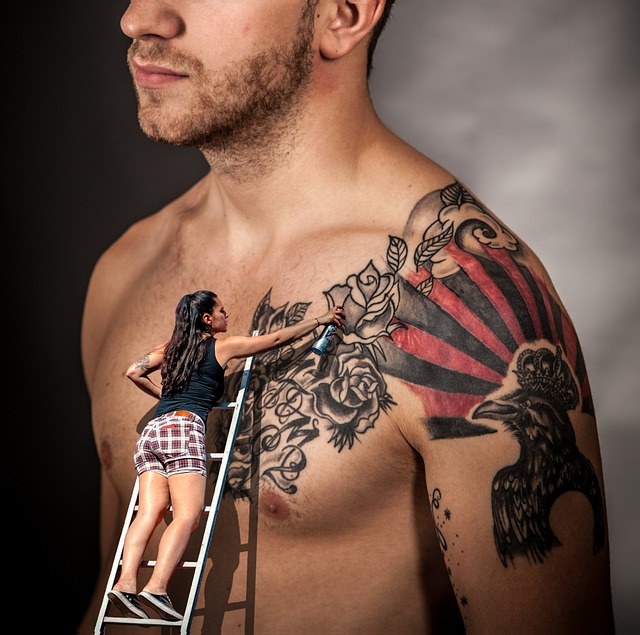

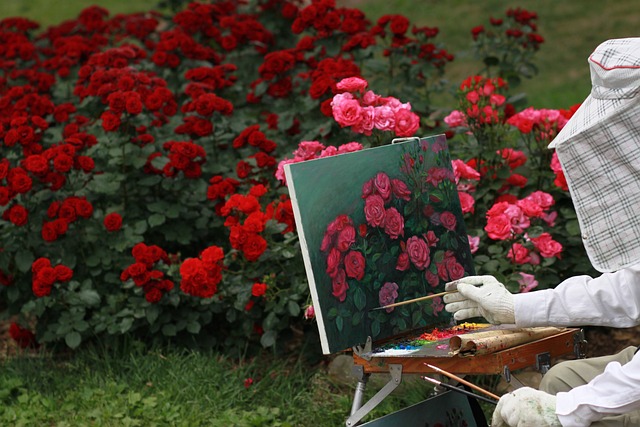
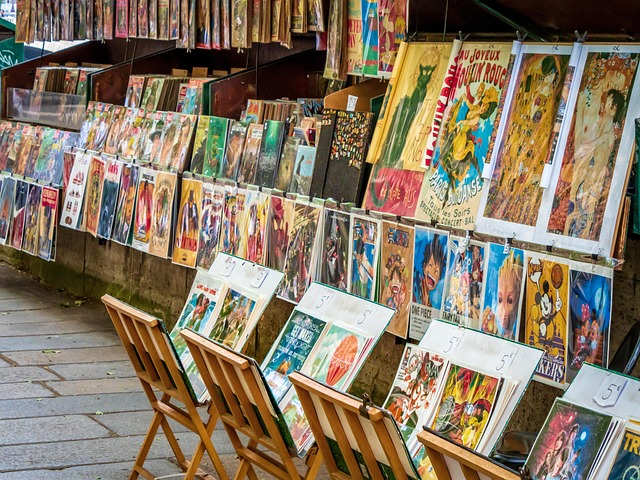
The institutional landscape supporting these artists has also evolved. Beyond traditional venues like the Tate and Whitechapel Gallery, artist-led spaces have proliferated across the UK. Organizations like Transmission in Glasgow, East Street Arts in Leeds, and Turf Projects in Croydon provide vital platforms for experimental work outside the commercial mainstream. Digital platforms and social media have further democratized access, allowing artists to build audiences independently of traditional gatekeepers.
This new wave of British artists is distinguished not only by aesthetic innovation but by their engagement with pressing social issues. From racial justice to climate change, gender identity to technological ethics, they are creating work that is both visually compelling and socially relevant. By pushing boundaries while maintaining connections to Britain’s rich artistic heritage, these diverse creators are ensuring that British art remains at the cutting edge of global contemporary culture while reflecting the complex, multicultural nature of modern Britain itself.
